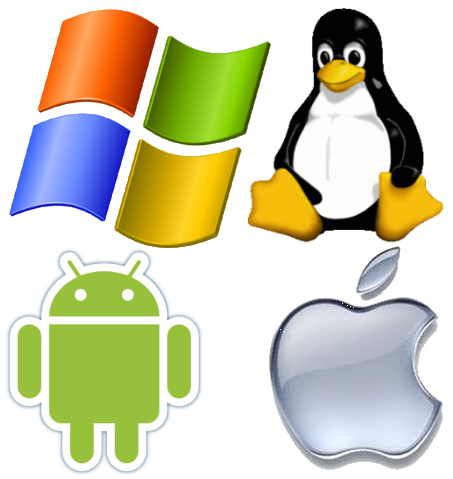Select your startup disk on the left, then click Erase. Click the Format pop-up menu (APFS should be selected), enter a name, then click Erase. After the disk is erased, choose Disk Utility > Quit Disk Utility. In the Recovery app window, select “Reinstall macOS,” click Continue, then follow the onscreen instructions.
How do I wipe my Mac but keep OS?
Click on your hard drive and select the “Erase” tab. Select “Mac OS Extended (Journaled)” from the Format pop-up menu. Type a name for your hard disk. Click “Erase.” To ensure that your data can’t be recovered, click the “Security Options” button and select a method of deletion.
Does reinstall Mac OS delete everything?
Reinstalling Mac OSX by booting into the Rescue drive partition (hold Cmd-R at boot) and selecting “Reinstall Mac OS” does not delete anything. It overwrites all system files in-place, but retains all your files and most preferences.
How do I delete everything except operating system?
How Can I Securely Delete Everything Except the Operating System? Five Steps to Get as Close as You Can
- Delete and uninstall data and programs.
- Remove users.
- Run a disk cleaning utility.
- Delete some system files.
- Wipe free space.
What happens if you reinstall macOS?
It does exactly what it says it does–reinstalls macOS itself. It only touches operating system files that are there in a default configuration, so any preference files, documents and applications that are either changed or not there in the default installer are simply left alone.
Will reinstalling macOS get rid of malware?
While instructions are available to remove the latest malware threats for OS X, some may choose to simply reinstall OS X and start from a clean slate. … By doing this you can at least quarantine any malware files found.
Will reinstalling macOS fix problems?
However, reinstalling OS X isn’t a universal balm that fixes all hardware and software errors. If your iMac has contracted a virus, or a system file that was installed by an application “goes rogue” from data corruption, reinstalling OS X likely won’t solve the problem, and you’ll be back to square one.
Does formatting a drive delete the OS?
One way to delete data is to format a drive, using the same command you would use to prepare the drive for a new installation of the operating system. While a formatted drive appears empty, however, the data that used to reside there may be recoverable, given the right tools.
How do I remove old OS from BIOS?
Boot with it. A window (Boot-Repair) will appear, close it. Then launch OS-Uninstaller from the bottom left menu. In the OS Uninstaller window, select the OS you want to remove and click the OK button, then click the Apply button in the confirmation window that opens up.
Can I wipe my hard drive without removing Windows?
Not only will this not correctly wipe the hard drive, you might also accidentally delete files that the system needs to operate. For example, if the Windows operating system is deleted, the PC will no longer work unless a new operating system is installed.
How do I restore my Macintosh HD?
Enter Recovery (either by pressing Command+R on an Intel Mac or by pressing and holding the power button on a M1 Mac) A macOS Utilities window will open, on which you will see the options to Restore From Time Machine Backup, Reinstall macOS [version], Safari (or Get Help Online in older versions) and Disk Utility.
How do I reinstall my Mac?
Reinstall macOS
- Install the latest version of macOS compatible with your computer: Press and hold Option-Command-R.
- Reinstall your computer’s original version of macOS (including available updates): Press and hold Shift-Option-Command-R.
